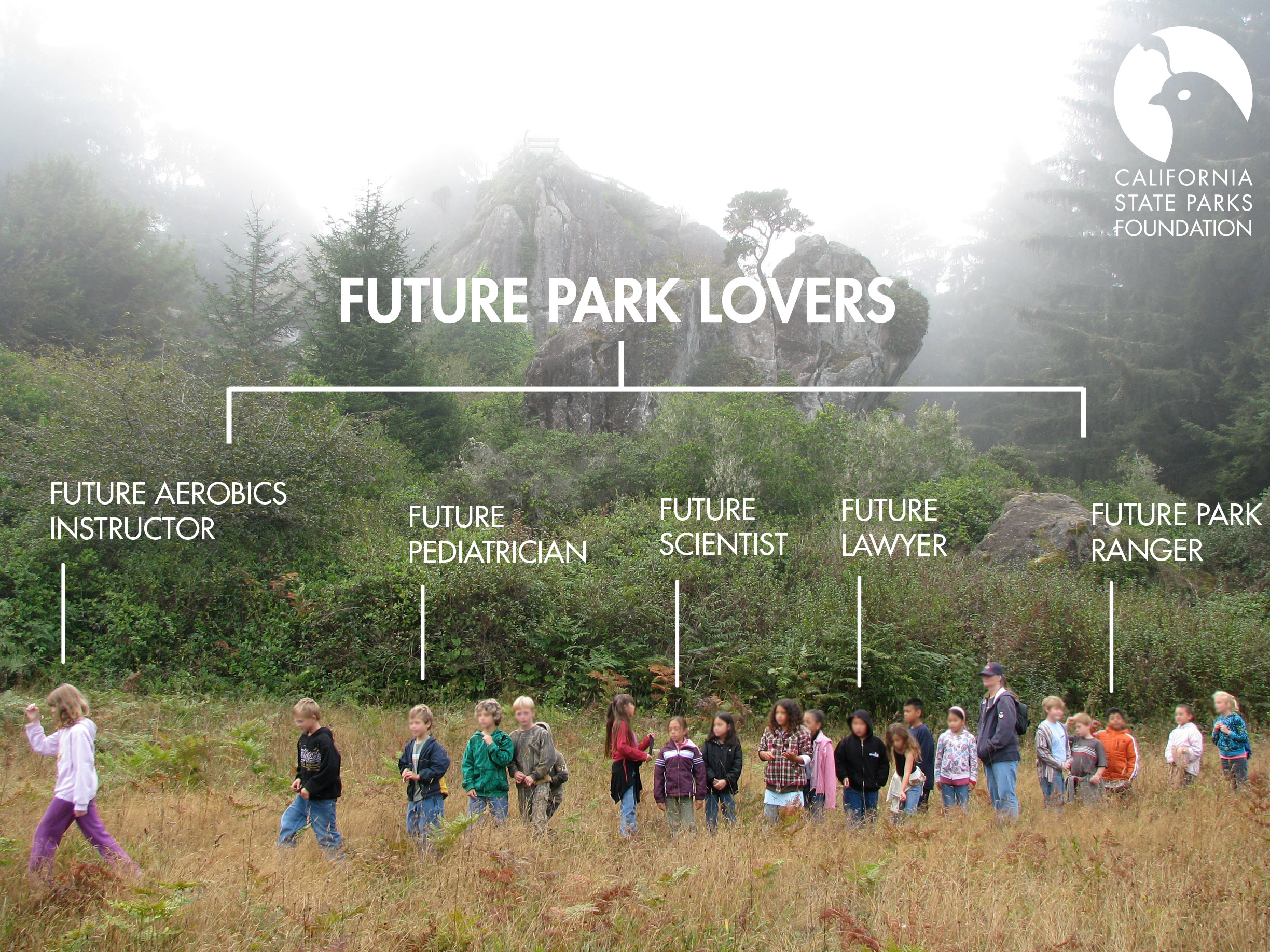Candlestick Point State Recreation Area – California’s first urban state park – was created in 1977. Although local residents fought to protect this area for use by future generations, the park could not escape the industrial pollution that plagues the entire community of Bayview-Hunter’s Point. The area’s once thriving wetlands, wildlife, and fisheries are severely damaged due to landfill, soil erosion, industrial contamination, non-point source pollution, wastewater overflows, and illegal dumping. High school dropout rates as well as unemployment rates are approximately double the average for San Francisco. Access to and involvement with a vibrant urban park is critical to improving people’s lives and restoring the spirit of the Bayview-Hunter’s Point community.
Goals of BYE
In 2004, the California State Parks Foundation launched the Bay Youth for the Environment Program in partnership with the youth empowerment group Literacy for Environmental Justice (LEJ). It is a unique urban park revitalization and community stewardship program focused on the Candlestick Point State Recreation Area. The three main goals of BYE are to provide local youth with rigorous environmental training and work opportunities, build community involvement, and to create a successful urban park stewardship model that can be adopted by urban communities and state parks throughout California.
Wetland Restoration
Bay Youth for the Environment gives high-school aged youth as well as community volunteers the opportunity to get involved with a landmark, 34-acre wetland restoration project at Candlestick Point State Recreation Area that will restore the largest contiguous wetlands area in the county. Under the guidance of trained staff, students are collecting native plant seeds and are growing up to 10,000 plants for the restoration at an onsite community greenhouse and nursery planned and maintained by LEJ in partnership with California State Parks. The youth team currently works year-round (48 weeks per year) up to six hours per week. The team receives training in horticulture and wetlands restoration, group decision-making, public speaking and work-related skills.Bay Youth for the Environment

Implementation
- http://www.candlestickconnect.org/
Partners
- Bay Youth for the Environment
- California State Parks Foundation
- Candlestick Point Eco-Stewards
- Literacy for Environmental Justice
- San Francisco Department of the Environment
Lessons Learned
- Youth can gain job training while playing a key role in growing native plants to restore important wetlands in their community
- Ongoing shepherding of public spaces such as Candlestick Point remain a challenge. The current Candlestick Point Eco-Stewards website highlights that there is no current “Friends Group” for the site, which makes fulfilling the ongoing vision and protection of the park difficult. CPE seeks to fill these gaps.

